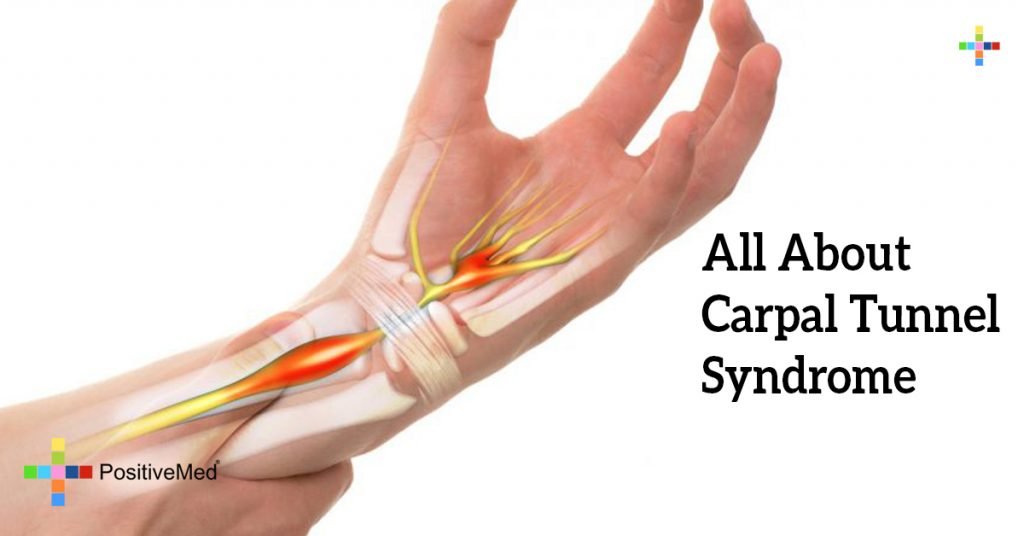

These include obesity, rheumatoid arthritis, gout, diabetes, lupus, and hypothyroidism.
Conditions or illnesses that can cause or contribute to arm pain or swelling in the joints and soft tissues in the arm, or to reduced blood flow to the hands. Things that help cause carpal tunnel syndrome include: Anything that decreases the amount of space in the carpal tunnel, increases the amount of tissue in the tunnel, or increases the sensitivity of the median nerve can lead to carpal tunnel syndrome. If you can, switch hands often when you repeat movements.Ĭarpal tunnel syndrome occurs when a combination of health conditions and activities puts pressure on the median nerve as it passes through the carpal tunnel in your wrist. Relax your shoulders when your arms are at your sides. When you type, keep your wrists straight, with your hands a little higher than your wrists. Use your whole hand-not just your fingers-to hold objects. Try to keep your wrist in a neutral position. You can also try to take good care of your wrists and hands: If you have a long-term health problem, such as arthritis or diabetes, follow your doctor's advice for keeping your condition under control. To keep carpal tunnel syndrome from coming back, take care of your basic health. How can you keep carpal tunnel syndrome from coming back? But it's usually used only when symptoms are so bad that you can't work or do other things even after several weeks to months of other treatment. You also may need medicine for carpal tunnel syndrome or for a health problem that made you likely to get carpal tunnel syndrome. The sooner you start treatment, the better your chances of stopping symptoms and preventing long-term damage to the nerve. This takes pressure off your median nerve. Read and follow all instructions on the label. They can help relieve pain and reduce swelling.  Talk to your doctor about trying nonsteroidal anti-inflammatory drugs (NSAIDs).
Talk to your doctor about trying nonsteroidal anti-inflammatory drugs (NSAIDs).  Ice your wrist for 10 to 15 minutes 1 or 2 times an hour. Rest your wrist longer between activities. Stop activities that cause numbness and pain. Mild symptoms usually can be treated with home care. Your doctor may suggest tests, such as blood tests or nerve tests. Your doctor will want to know about your daily routine and any recent activities that could have hurt your wrist.ĭuring the exam, your doctor will check the feeling, strength, and appearance of your neck, shoulders, arms, wrists, and hands. He or she will ask if you recently hurt your wrist, arm, or neck. Your doctor will ask if you have any health problems-such as arthritis, hypothyroidism, or diabetes-or if you are pregnant. You may be able to get relief by shaking your hand. A different nerve gives feeling to the little finger. If you have problems with your other fingers but your little finger is fine, this may be a sign that you have carpal tunnel syndrome. Symptoms most often occur in the thumb, index finger, middle finger, and half of the ring finger. Some people may have pain in their arm between their hand and their elbow. Making the same hand movements over and over, especially if the wrist is bent down (your hands lower than your wrists), or making the same wrist movements over and over.Ĭarpal tunnel syndrome can cause tingling, numbness, weakness, or pain in the fingers or hand. Illnesses such as hypothyroidism, rheumatoid arthritis, and diabetes. Many things can cause this swelling, including: This pressure can come from swelling or anything that makes the carpal tunnel smaller. Pressure on the median nerve causes carpal tunnel syndrome.
Ice your wrist for 10 to 15 minutes 1 or 2 times an hour. Rest your wrist longer between activities. Stop activities that cause numbness and pain. Mild symptoms usually can be treated with home care. Your doctor may suggest tests, such as blood tests or nerve tests. Your doctor will want to know about your daily routine and any recent activities that could have hurt your wrist.ĭuring the exam, your doctor will check the feeling, strength, and appearance of your neck, shoulders, arms, wrists, and hands. He or she will ask if you recently hurt your wrist, arm, or neck. Your doctor will ask if you have any health problems-such as arthritis, hypothyroidism, or diabetes-or if you are pregnant. You may be able to get relief by shaking your hand. A different nerve gives feeling to the little finger. If you have problems with your other fingers but your little finger is fine, this may be a sign that you have carpal tunnel syndrome. Symptoms most often occur in the thumb, index finger, middle finger, and half of the ring finger. Some people may have pain in their arm between their hand and their elbow. Making the same hand movements over and over, especially if the wrist is bent down (your hands lower than your wrists), or making the same wrist movements over and over.Ĭarpal tunnel syndrome can cause tingling, numbness, weakness, or pain in the fingers or hand. Illnesses such as hypothyroidism, rheumatoid arthritis, and diabetes. Many things can cause this swelling, including: This pressure can come from swelling or anything that makes the carpal tunnel smaller. Pressure on the median nerve causes carpal tunnel syndrome. 
The median nerve controls movement and feeling in your thumb and first three fingers (not your little finger). The median nerve and several tendons run from your forearm to your hand through a small space in your wrist called the carpal tunnel. Condition Overview What is carpal tunnel syndrome?Ĭarpal tunnel syndrome is numbness, tingling, weakness, and other problems in your hand because of pressure on the median nerve in your wrist.








 0 kommentar(er)
0 kommentar(er)
